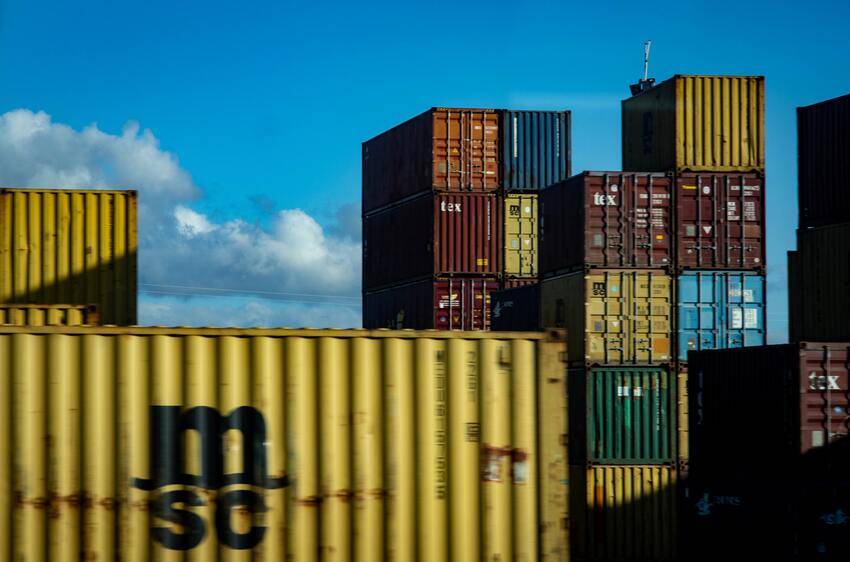With the importance of logistics today, it is imperative that you know what cross docking is and the practical importance of applying logistics techniques such as this to your distribution chain.
What is cross docking?
Cross docking in a company is the methodology for organizing orders and shipments in which cargo is shipped without being stored at any time. This is a major operational advantage, but also requires precise management and organization of orders and their movement through the warehouse.
As its name suggests, the merchandise simply “crosses the warehouse”, does not go into storage, remains there for a very short time, and is immediately dispatched to its destination, speeding up delivery times, as well as the warehouse management itself.
The volume of the loads, their special characteristics, as well as the types of pallets, must therefore be taken into account in the management of the goods.
types of pallets
used for each product. All details will be key to streamlining logistics.
Types of cross docking and how it works
Depending on the type of goods handling involved, cross docking can be used in different ways:
Predistributed
The pre-distributed or direct cross docking is the model in which the goods are previously coordinated by the supplier, calculating the precise loads that must be in the warehouse, so that their passage through the warehouse is the minimum possible, with hardly any processing of the load.
Consolidated
Indirect consolidated or cross docking means that the goods must be handled in the warehouse, where they are transferred to a special area dedicated to cross docking and are sorted and managed so that they are shipped according to demand.
Hybrid
Hybrid cross docking, on the other hand, occurs when shipments are prepared with loads coming from the warehouse combined with new arrivals. Thus, in the cross docking area, orders are sorted and organized, requiring great precision due to the increased logistical difficulty.
How does cross docking work?
Due to the digitalization of warehouse and logistics management systems as well as order management systems, it is possible to precisely calculate the requirements of the warehouse. In this way, logistics coordination can be optimized to the extreme, allowing warehouses to have the right and necessary merchandise.
This, in turn, allows this technique to be applied to any merchandise, whether raw materials, consumer goods or perishables. In addition, it is also applicable in bonded warehouses
bonded warehouses
which improves the commercial transit time. However, for certain products, it will require that the organization of goods in the warehouses be absolutely precise.
From
Partida Logistics
we are convinced that this information can be very useful for you. However, we also know that each case can be extremely complex, so if you would like more precise attention to your own situation, please do not hesitate to contact us.




